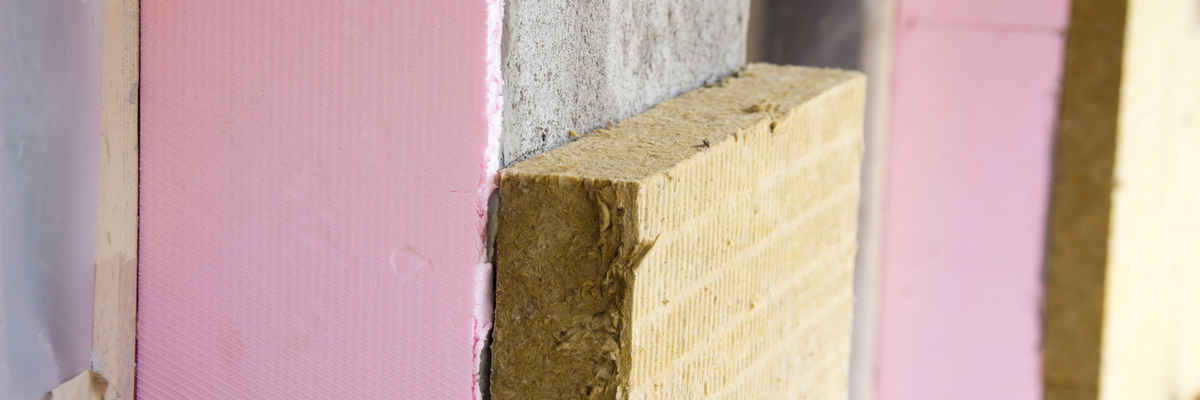What are the benefits of fiberglass batts insulation?
Fiberglass batts insulation is less dense than most other types of insulation, which makes it more effective in blocking cold air against walls with exterior exposure. It also admits less moisture than fiberglass batt systems that include vapor retarders because the batt framing separates this outermost layer from the interior layers that are moistened by household activities or traffic through wet periods.
Lastly, fiberglass batts insulation does not create any unpleasant odor like some dry insulations do upon installation, and it does not break down due to mold growth. This means you can install more batts with no fear of hygiene problems if your home becomes contaminated. However, care should be taken to keep this type of insulation away from water sources as it will not resist moisture in the long-term.
The fiberglass insulation consists of glass fiber sheets that are often coated with a binder containing ammonium sulfate. It is also possible to find fiberglass batts insulation in pure fiberglass, meaning no binder was used during manufacturing. Fiberglass batts are cut at 45 degrees for easy installation between studs. They are common in homes built before 1980 and many modern homes rely on fiberglass batt manual installation or semi-automatic roll forming machines to lay fiberglass batts . There are few types of insulation suitable for retrofitting an existing building, but fiberglss insulation can be applied easily to form tight seals against air leaks if properly installed by experienced professionals. This type of insulation is commonly found in fiberglass batt attics. fiberglass batts insulation can be used in hot and cold regions alike, but fiberglass insulation with a vapor retarder is recommended in humid climates where fiberglass will absorb moisture.
Call Now - (650) 460-1311
Get Your Free Quote!

How does fiberglass batts insulation work?
Fiberglass batts are cellulose fibers that have been heated at high temperatures until they are vaporized, forming a powder. When the fibers are mixed with water and forced through a machine called an extruder, they become very sticky strands of fibrous material known as glass wool. The glass wool is then rolled up around an adhesive substance called binder or distributed on frames to create shapes of insulation.
The temperature is increased even more before it enters the muffle kiln where it will reside for 51/2 hours at 1800-2000 degrees Fahrenheit. It has now attained temperatures above 2500 degrees Farenheit - far higher than any normal household oven can reach! This process removes all of the remaining moisture from the fiberglass . Fiberglass insulation is made to act as an insulator, not as a conductor. Therefore fiberglass insulation does not conduct electricity or heat very well because water conducts electricity and heat much better than fiberglass! This fiberglass is then manufactured into rolls, blankets, batts (loose fill), loose fill sheets, pillows, mats and pipe insulation.
The job of fiberglass insulation (batts) is to keep warm air in during the winter and keep cool air out during the summer. There are many ways that you can use fiber glass batts for insulation purposes. You can cut them to fit around any electrical outlets; you can put fiber glass under the floor boards; you can stuff fiber glass between wall studs, etc... fiber glass insulation has also been known to reduce the noise in a room.
If you are looking for fiberglass batts insulation, try visiting your local lumberyard. They can usually cut fiberglass batts to size for you and have many different kinds of fiberglass batts insulation to choose from. Fiberglass batts come in either R13 or R19 values which indicate the thermal resistance per inch. The higher the number, the more sturdy it is at resisting heat transmission through conduction i.e fiber glass batts insulation works by resisting conductive heat loss.
Call Us Now - (650) 460-1311
